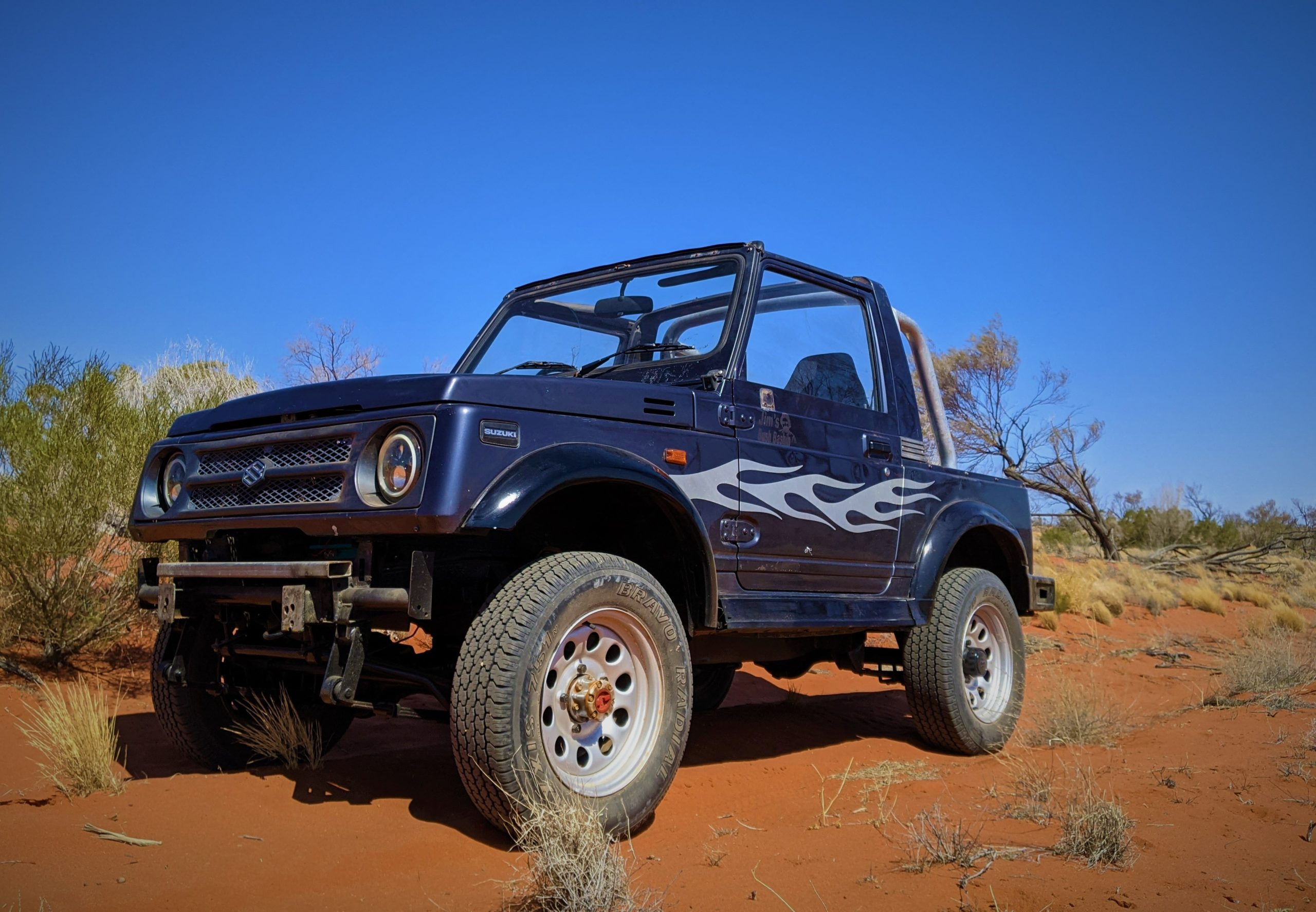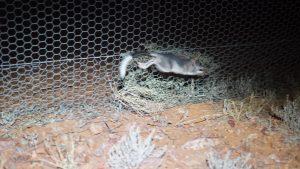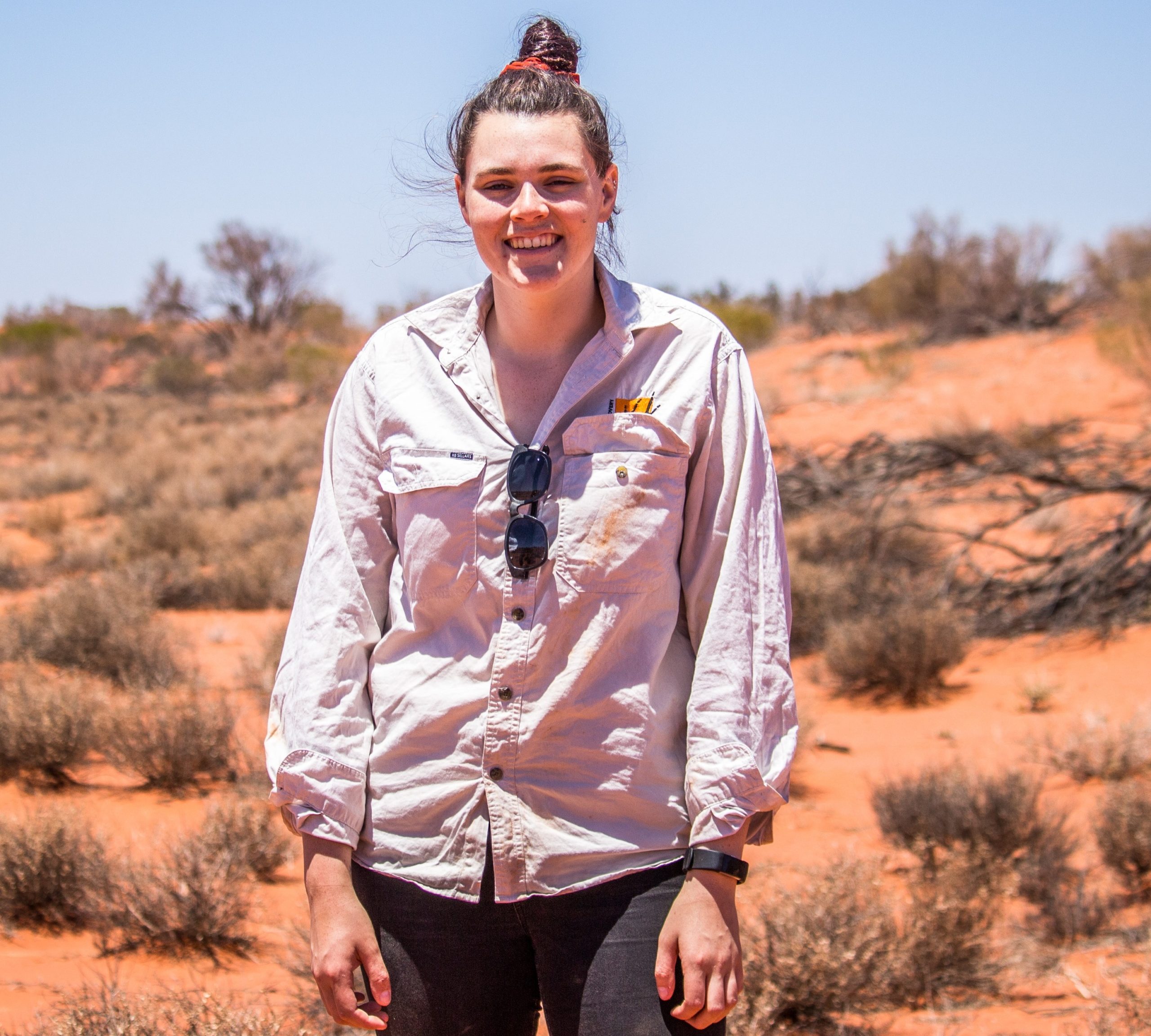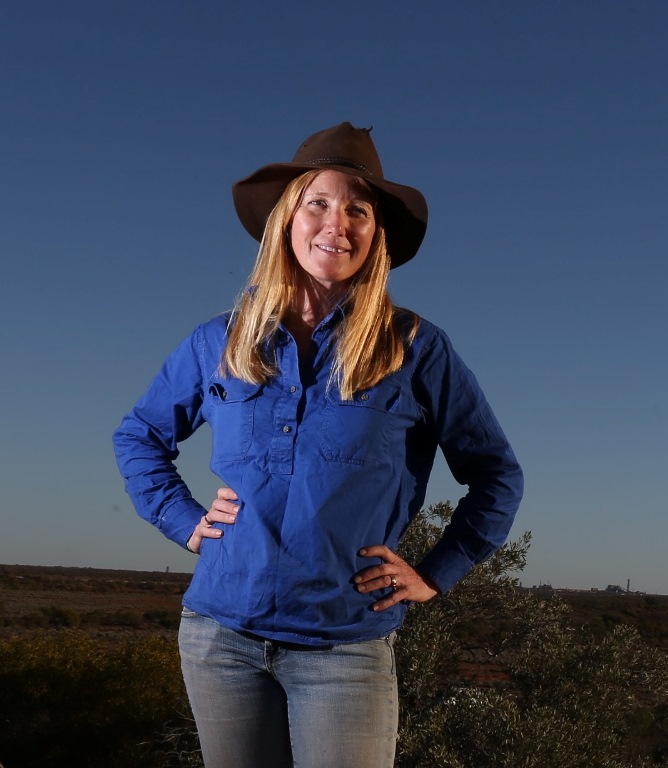by Hugh McGregor and Kath Tuft
Electric vehicles could become an important tool for working in the bush, whether for wildlife conservation, tourism or primary production.
To trial them, we commissioned an EV mechanic to customise an old Suzuki EVNorth. The engine and fuel tank were removed, and replaced with an electric motor and Nissan LEAF batteries. There are numerous other businesses that can do this (OZ-DIY, Electric Car Cafe), or provide kits to do it yourself (EV West, EV Works).
The Suzuki’s fuel tank was removed, and replaced with batteries.
On first testing, we’ve found that the converted Suzuki gives us a nice quiet and smooth ride. It should be good for fence checks, spotlight surveys and odd jobs. It will also be much cheaper to run, with free power from solar panels and fewer parts requiring maintenance. But it certainty also comes with compromises. The range in a single charge is limited (<70km) and it is certainly no Mach-E or Tesla, but adequate for our needs at present.
One question we are interested in is whether the comparative quietness of electric vehicles can help us with surveying wildlife and hunting cats. In the desert, you can sometimes hear an approaching diesel car from over 2 km away. The EV Suzuki however, cannot be heard until it is around 200 m away. Many animals will likely move away on hearing a vehicle approaching, especially species more likely to be wary of humans. In particular, we suspect that our loud diesel cars result in lower detection rates of bilbies and feral cats. We will be conducting research on this over the coming months.
Bilbies are quite shy and will run away from diesel cars. Hopefully the quieter EV will help us survey them better.
Electric vehicles have the potential to become valuable cars for our work. They will help us reduce our emissions and reduce disturbance to native wildlife. However, they also present a number of challenges. No EV at present could handle both the long distances and difficult off-roading that is often required in remote Australia. Longer range models will eventually come on the market, but they are still a little way off and considerably more expensive. For the meantime, the off-road EV options that are available could be valuable for work in smaller conservation areas. They could even have a role as tour vehicles.
We’re having fun putting this little EV through its paces and understanding its limits. Once we have field tested this vehicle adequately, we will share the pros and cons with you all in detail. We have also scoped all the currently available options for electric vehicle 4WDs, and will assess their potential for being integrated into fleets of organisations working in the Australian outback.
Looking forward to keeping you updated.
Video by Hugh McGregor
Feature photo by Morgan Humphrey























